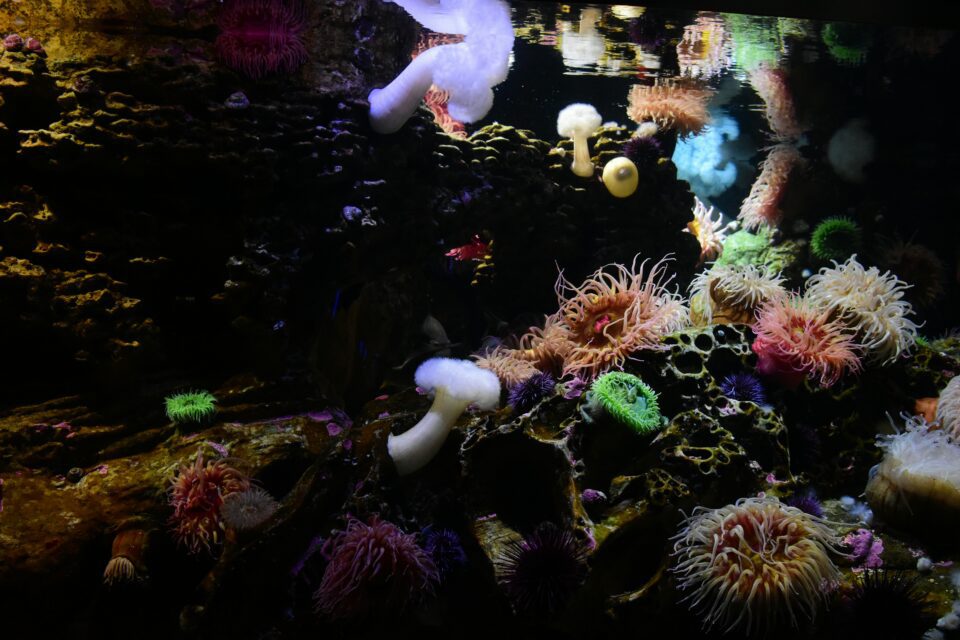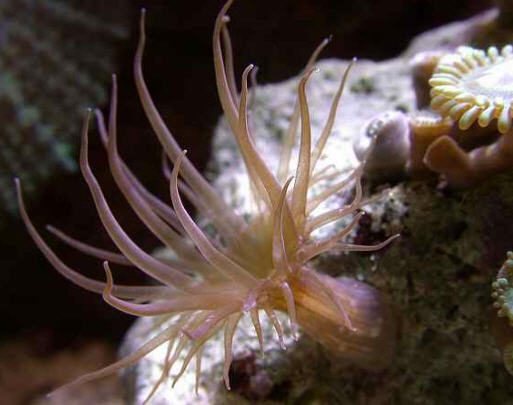Saltwater aquariums are a fun and satisfying hobby, providing a peaceful and calming environment for both hobbyists and the various lifeforms they contain. However, one of the biggest mistakes that aquarium owners can make is overstocking their tanks. Overstocking can have serious consequences for the health and well-being of the livestock in the tank, as well as the overall balance of the ecosystem.
Why Overstocking is an Issue
- Reduced Water Quality: A major issue associated with overstocking is reduced water quality. A large number of fish in a tank produces a substantial amount of waste, which can lead to elevated levels of nitrates, phosphates and other toxic compounds.
- Increased Competition for Resources: Overstocked tanks can also lead to increased competition for food, space, and oxygen. This causes stress for the fish, leading to decreased appetite, reduced growth, and a higher risk of disease.
- Imbalanced Ecosystem: An overstocked tank can also disrupt the delicate balance of the ecosystem. The waste produced by the fish can cause an increase in the number of unwanted pests, such as bristle worms and algae, which can further upset the balance of the tank in a downward spiral.
- Increased Maintenance: Overstocked tanks require more maintenance to keep water quality and other parameters in check. This can include more frequent water changes, increased filtration, cleanings and other tasks.
- Need for More Expensive Equipment: When overstocking, the increased waste produced by the fish has to be removed. This usually means you need to invest in more expensive equipment, such as additional filters and protein skimmers, biomedia and chemicals, to keep water quality and other parameters in check.
- Disease: The added stress from overstocking will greatly increase the livestocks susceptibility to diseases. Certain diseases like ich, for example, mainly target stressed animals.
How to Avoid Overstocking
- Use the Rule of Thumb: A commonly accepted rule of thumb for stocking a saltwater aquarium is to stock no more than 1 inch of fish per 1 gallon of water. This is water, not tank volume. Remember you add sand, rocks etc to your display tank. This is a general guideline and may vary depending on the specific species of fish, but it is a good starting point.
- Research: Before purchasing any fish or other aquatic life, research their needs, including size, water parameters, and other requirements. This will help you determine the right number of fish for your tank and prevent overstocking.
- Gradually Add Fish: If you are starting a new tank, it is best to add fish gradually, over a period of several weeks. Adding fish slowly and in the correct order (more territorial fish last etc). This allows you to monitor water quality and other parameters, and make adjustments as needed.
- Regular Maintenance: Regular maintenance is essential for maintaining water quality and avoiding overstocking. This includes water changes, thorough cleaning of filters and other equipment, and testing your water.
- Correct kind of livestock. Certain livestock is dirtier than others. Eels for example are notoriously dirty eaters and pollute tanks. Also certain fish do better with each other. A tank with excessive tangs for example, will be overstocked even if you technically have the room for more fish.
Overstocking a saltwater aquarium can have serious consequences for the health and well-being of the fish and other aquatic life in the tank, as well as the overall balance of the ecosystem and your enjoyment of the tank. By following the guidelines we’ve laid out you should be on a good path to a healthy, balanced tank.




